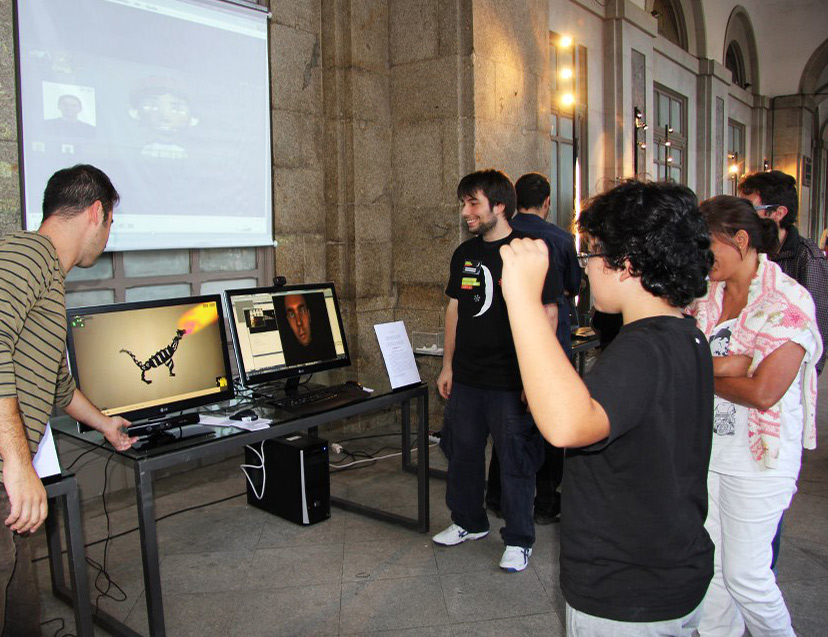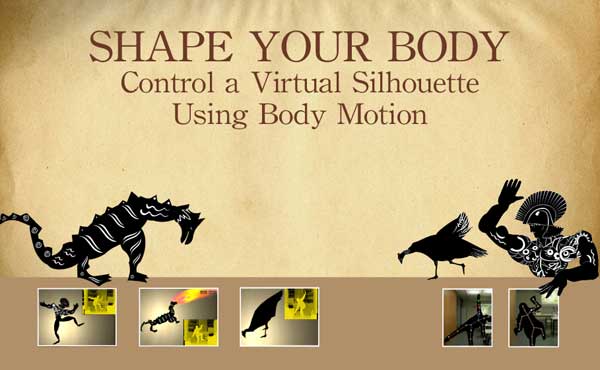OSCeleton2Ramdance 0.1 beta
Jun 2013
This MaxMSP Patch was develop to be able to use the Microsoft Kinect (and more) with RamDance.
Kinect Framework 1: Osceleton->Osceleton2RamDance->RamDance
RAM Dance is an excelent toolkit to create environments for dancers.It is based on OpenFrameWorks so it is possible to modify and create new behaviors.
RAM Dance can also send and receive OSC messages for remote control. This feature presents a great extension to explore.
Although i work with digital puppetry, i found RAM Dance to be a very interesting environment to explore.
By the time this version was finished it was released another application developed by “eight” presenting a easier way to connect Kinect to RamDance. I recommend the use of that application if you are using a MAC and the Microsoft Kinect v1 and don´t want to modify any parameters. If you want to use another operation system, different depth sensor or modify parameters the OSCeleton2Ramdance could be a better choice, why ? Basically because you can modify the patch to meet your needs. For instance: if you want to send the OSC data to other ports and applications it´s easy.
Because OSCeleton send orientation data in a 3×3 matrix i needed to convert this to angle base format (ffff) to be compatible with RamDance that´s why it is included the mat2axis.
Files included in the package
– Folder mat2axis (orientation data conversion)
– max.jar (this is a maxmsp file just to be sure)
– OSCeleton2Ramdance-b01.app (MAC application)
– OSCeleton2Ramdance-b01.maxpat (MAXmsp patch)
– readme.txt (this file)
(MAC or Windows)
What you need:
– You need OpenNI installed (www.openni.org)
– OSCeleton from sensebloom (https://github.com/Sensebloom/OSCeleton)
– Ramdance (http://interlab.ycam.jp/en/projects/ram/ram_dance_toolkit)
How to use:
1. Open Terminal (Mac) or Command Prompt on windows to execute OSCeleton (please read the osceleton read.me file to a better understanding)
You can execute the fowling line: (the ´w´ shows the input image / ´xt´ enables orient data)
./osceleton12 -w -xt -mx 150 -my -150
2. Run the RamDance application
3. Open the OSCeleton2Ramdance-b01 and turn it on
That´s it…
good exploration
DOWNLOAD
[wpdm_package id=”1668″]
questions or comments to virtual.marionette@grifu.com
Future Work:
– connect WIImotes to control points of the skeleton
– optimize the patch
– Bridge Output data






